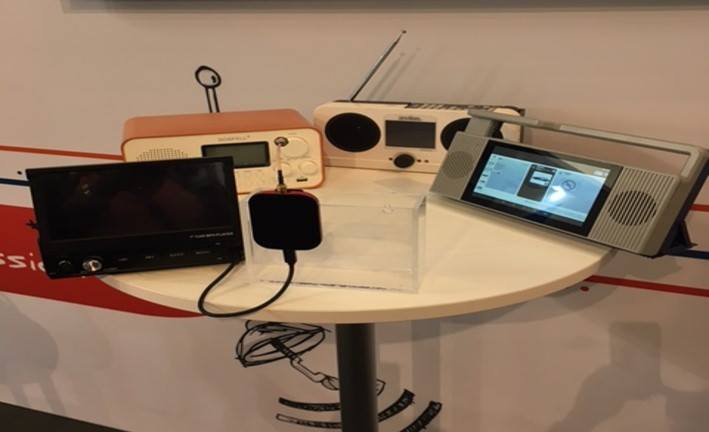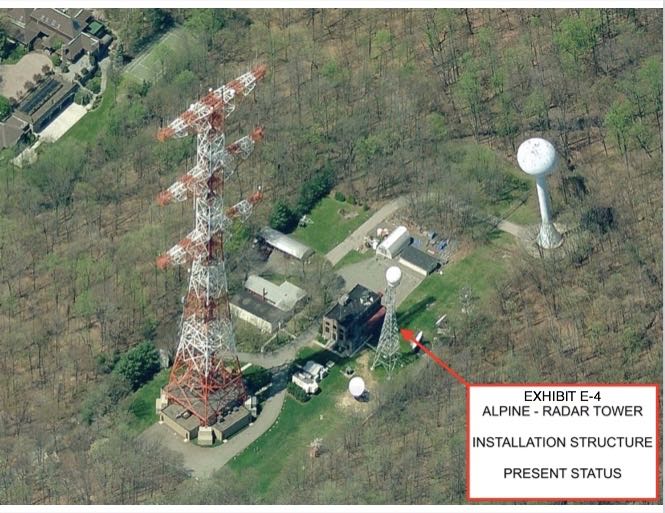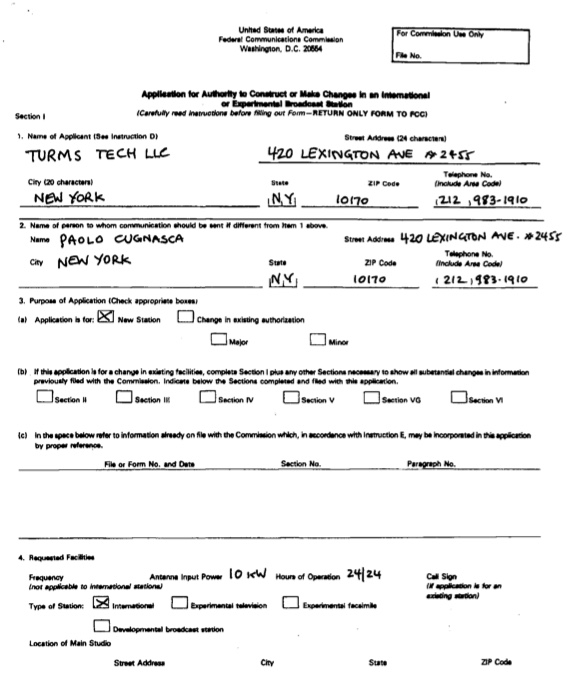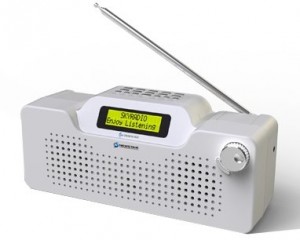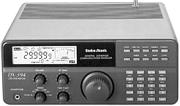 (Source: DRM Consortium)
(Source: DRM Consortium)
A new era begins for Brazilian radio broadcasting with the arrival and installation of a first shortwave digital radio DRM transmitter developed and manufactured in the city of Porto Alegre by BT Transmitters. The transmitter will be sited at the public broadcaster (EBC) Rodeador Park, near the capital Brasilia, to be connected to one of the huge HF antennas of EBC (National Amazon Radio is transmitted from there).
The equipment (a transmitter of 2.5 kW) will be tested on an experimental and scientific basis with the help of the University of Brasilia (UnB) and the Ministry of Science, Technology and Innovation.
The National Radio of the Amazon broadcasts from Brasilia especially to the Northern, Amazonian region of Brazil. The signal will be also available in the neighbouring countries to the north of Brazil. This is primarily a domestic shortwave digital project aimed at the Amazon where about 7 million riverside and indigenous people live. They are far from any other means of communication as there is no mobile phone or internet coverage.
Rafael Diniz, the Chair of the DRM Brazilian Platform, thinks that: “Shortwave digital radio (DRM) for the Amazon region will ensure a new level of communication and information as Nacional’s programming is both popular and educational. It brings audio and much more at low energy cost to whole communities there. With the adoption of digital radio, one of the major problems, that of poor sound quality affecting at times shortwave, will end. Listeners will be able to enjoy DRM broadcasts in short wave with a quality similar to that of a local FM station together with textual and visual multimedia content.”
“This is a huge step forward, says Ruxandra Obreja, DRM Consortium Chair, “not just for Brazil but for the whole of Latin America. When everything else fails or does not exist, DRM will provide information, education, emergency warning and entertainment at reduced energy costs.”
Click here to read this article at the DRM Consortium website.
As a side note, I do hope the DRM Consortium or the University of Brasilia and the Ministry of Science, Technology and Innovation somehow make DRM receivers available to the “7 million riverside and indigenous people” they hope will eventually benefit from their broadcasts. At this point, however, this sounds more like a university experiment similar to those conducted at the Budapest University of Technology in Hungary.


